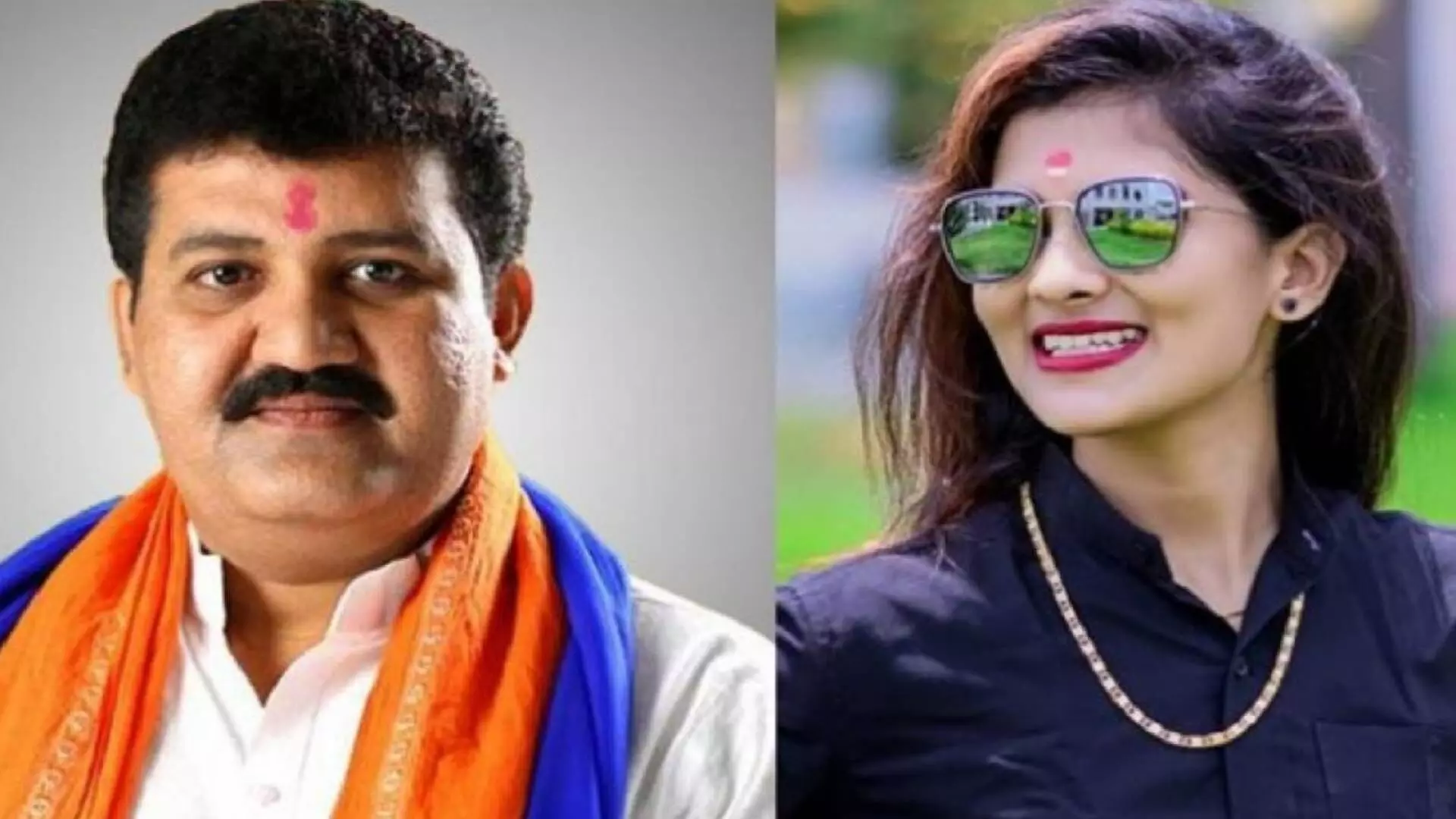The Bombay High Court has reopened scrutiny into the 2021 death of Pooja Chavan, a TikTok influencer from Pune, questioning the basis of the original closure report filed by Maharashtra police. Although the report declared the death accidental or a suicide, suspicions of foul play have lingered, spurred by public outcry and allegations involving former Maharashtra Forest Minister Sanjay Rathod.
The Tragic Death of Pooja Chavan
Pooja Chavan, a 22-year-old rising TikTok star, tragically passed away on February 8, 2021. Authorities initially speculated she fell from her apartment building’s first floor, with investigations leaning toward either an accidental fall or suicide. However, her death became a national talking point when audio recordings, videos, and images linking her to then-state minister Sanjay Rathod surfaced online. These connections set off widespread calls for a deeper probe, with Rathod’s subsequent resignation adding to suspicions.
Following her death, the police investigation did not identify any direct evidence of foul play, resulting in a closure report in May 2021. However, concerns over possible political interference persisted. Rathod’s eventual reinstatement after the state government changed hands amplified public criticism, as many believed his return to office might reflect undue influence on the investigative process.

Court Orders Evidence Re-Examination
The Bombay High Court’s recent involvement aims to address these lingering doubts. On October 27, the court demanded a complete review of the evidence that formed the basis of the closure report, questioning the investigative process and the decision to classify Chavan’s death as either accidental or self-inflicted. Chief Justice D.K. Upadhyaya and Justice Amit Borkar requested a formal affidavit from the police that includes the evidence collected during the investigation, insisting on thorough transparency.
This court-led scrutiny reflects a response to a petition filed by BJP MLC Chitra Wagh, who initially pushed for a Central Bureau of Investigation (CBI) probe. Wagh’s petition highlighted public discontent and alleged that a conflict of interest might have compromised the investigation’s integrity. When Wagh’s legal representation initially sought to withdraw the petition, the court expressed frustration over what it called “political games” played through public interest litigations (PILs).
Nevertheless, Wagh’s lawyer confirmed that Wagh would pursue the petition, effectively reopening the case for judicial review. This shift has rekindled public attention and debate on whether the original investigation was conclusive or prematurely closed under external influence.
Conflicting Positions: Family’s Stand and Political Interplay
Amidst the growing political drama, Chavan’s father, represented by advocate Pranav Badheka, voiced satisfaction with the police’s closure report, opposing Wagh’s demand for a CBI probe. This stance highlights a critical divide, as Chavan’s family has now expressed confidence in the police findings. Their position diverges from Wagh’s calls for accountability, raising questions about how best to respect the family’s wishes while addressing public skepticism.
Political dimensions have deepened in the case as well, with Rathod’s affiliation to the ruling coalition prompting some to speculate that political alliances might have shielded him. His return to office following the formation of the new government further fueled suspicions about the role of political influence, particularly in high-profile cases where public officials are involved. While Rathod has repeatedly denied any involvement in Chavan’s death, his presence in the case continues to cast a shadow over the proceedings.
Implications for Judicial Transparency and Accountability
The high court’s request for an evidence review reflects its commitment to ensuring that the investigation meets judicial standards, free from external interference. By requiring a detailed affidavit from the police, the court is signaling that high-profile cases must be held to rigorous investigative standards. Should any discrepancies or new findings emerge from this review, it may prompt further actions, potentially reopening an investigation initially deemed closed.
This case serves as a reminder of the power dynamics at play in India’s judicial landscape. By re-examining the evidence, the court aims to uphold transparency and public trust, especially given the stakes involved when prominent figures are implicated in sensitive matters. For Chavan’s family, the process also represents an opportunity to validate the original findings while assuring the public that justice has been pursued thoroughly.
As the police prepare their submissions, this case’s trajectory will be closely watched, symbolizing the tension between political influence and judicial integrity. Whether the court’s intervention will yield fresh insights remains uncertain, but it highlights the essential role of the judiciary in safeguarding justice against powerful interests in India’s legal system.

